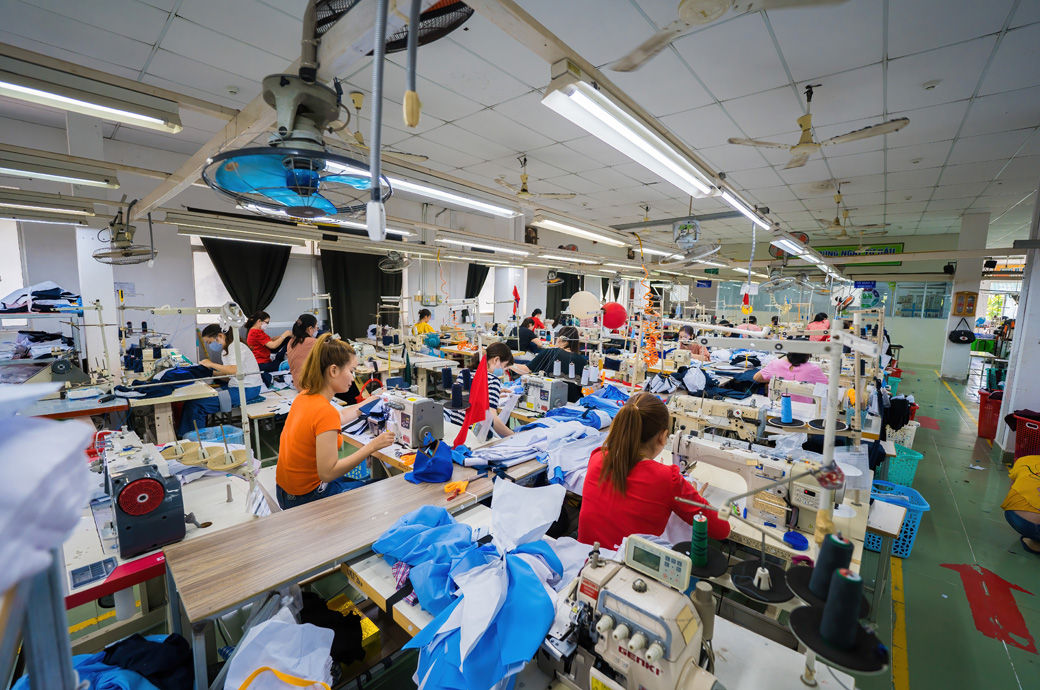
Data pointed to a strengthening demand environment and growing business confidence, but also a degree of spare capacity in the sector that led to reductions in output and employment.
Rates of inflation gathered pace, with both input costs and output prices rising more quickly at the end of the third quarter.
The S&P Global Vietnam manufacturing purchasing managers' index (PMI) posted 49.7 in September, back below the 50 no-change mark following a reading of 50.5 in August. The index signalled a deterioration in business conditions for Vietnamese manufacturers, albeit one that was only marginal.
The most positive aspect of the latest survey was a second successive monthly increase in new orders, with the rate of expansion broadly in line with that seen in the previous survey period.
Several respondents signalled that strength in new export orders, particularly from other Asian economies, had helped to boost total new business. The rate of expansion in new sales from abroad was solid and more pronounced than that seen in August, S&P Global said in a note.
Despite the continued pick-up in demand, manufacturers signalled that new order receipts remained relatively modest, leading to a scaling back of production. Output was down slightly following August's rise, with production now having fallen in six of the past seven months.
The overall contraction in output was centred on intermediate goods producers, with the consumer and investment goods categories recording expansions.
A further reduction in backlogs of work in September signalled that manufacturers maintained sufficient capacity to cope with current workloads. They remained reluctant to hire additional staff. Employment decreased for the seventh month running. Although modest, the rate of job cuts was the most marked since June
But manufacturers did expand their input buying. Purchasing was up for the second month running in response to growth of new orders and plans to increase output in the coming months.
Firms expect new orders to improve further, thereby leading to output growth. Around 45 per cent of respondents predicted output to rise over the coming year, against 7 per cent that were pessimistic.
Stocks of both purchases and finished goods decreased at the end of the third quarter, in both cases for the first time in three months. Stocks of finished goods were used to help meet new export orders.
ALCHEMPro News Desk (DS)
Receive daily prices and market insights straight to your inbox. Subscribe to AlchemPro Weekly!